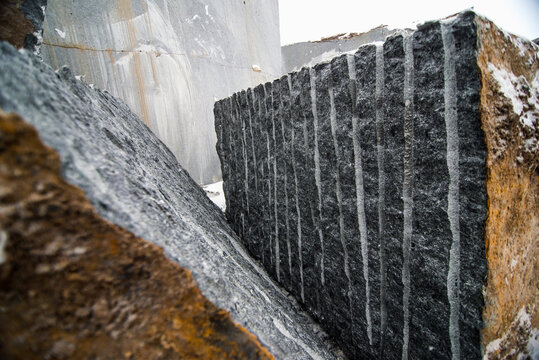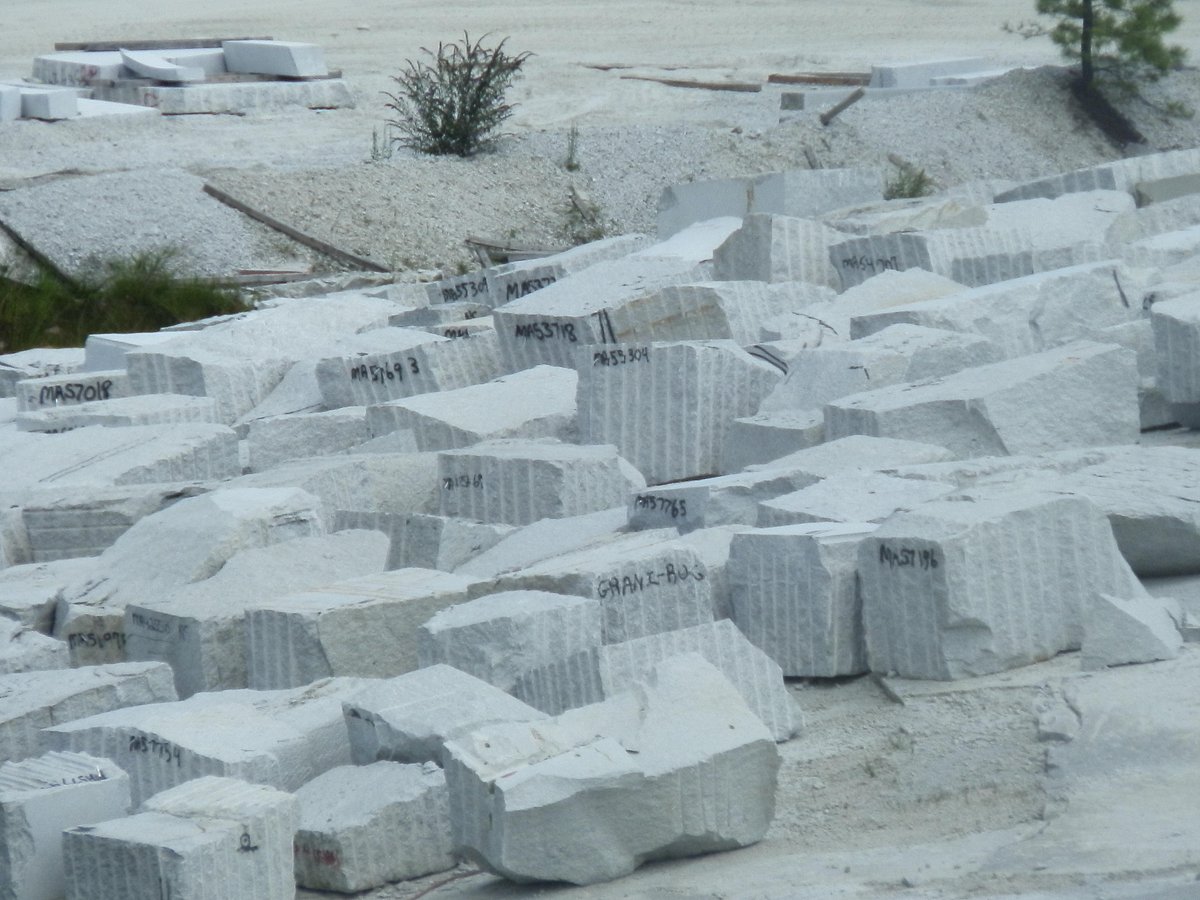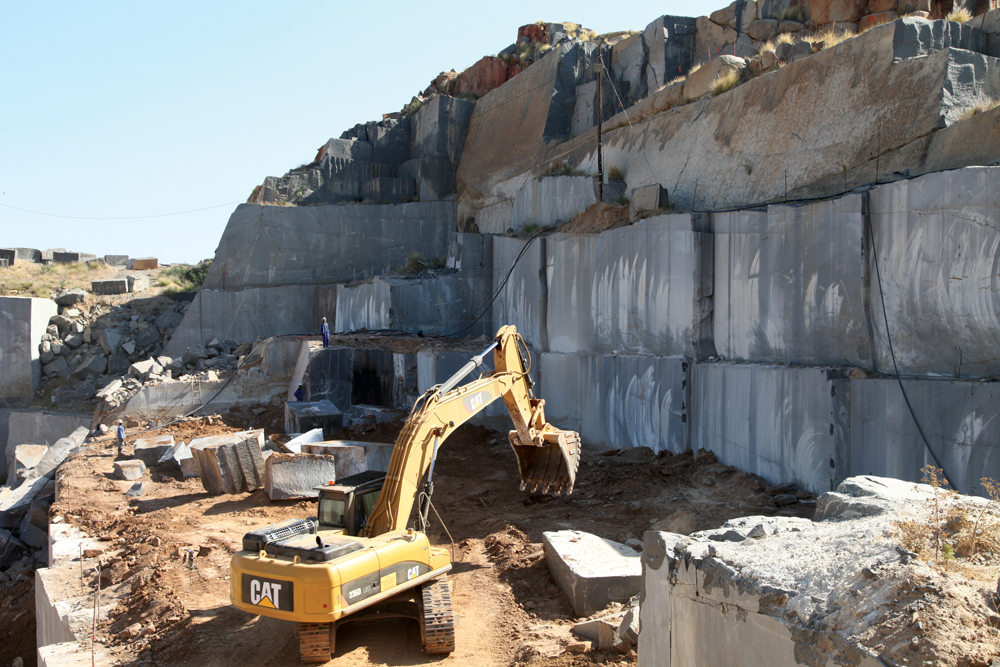Granite Quarries in South Africa Marvels: Checking Out the Quarry Landscape
Granite Quarries in South Africa Marvels: Checking Out the Quarry Landscape
Blog Article
Discovering the Rich History and Sustainable Practices of Granite Quarrying
As we depend on the precipice of revealing the detailed tapestry of granite quarrying, a trip through time reveals not simply the physical act of removing rock but additionally the social and historical value woven right into the really fabric of this practice. From the old origins that laid the structure for modern-day quarrying methods to the sustainable practices that are forming the future of this industry, each chisel mark on granite surface areas tells a tale waiting to be uncovered (granite quarries in south africa). The tradition of granite quarrying extends much beyond plain removal; it is a testament to human ingenuity, durability, and the long-lasting allure of this majestic rock
Old Origins of Granite Quarrying
Going back to ancient civilizations, the technique of quarrying granite has been an integral component of human history and building improvement. The earliest evidence of granite quarrying go back to old Egypt, where enormous pyramids and intricate sculptures were crafted from this resilient rock. The Egyptians made use of primitive devices to extract granite blocks from quarries, showcasing the importance of this material in their significant building and constructions.
Moving on in history, the Greeks additionally made substantial payments to the quarrying of granite. The Greeks made use of granite in numerous building wonders, such as holy places and sculptures, showing their ability in shaping and sculpting this hardy rock. The Romans additionally improved the strategies of quarrying granite, using innovative tools like blades and hammers to essence and shape granite for their famous frameworks.
With the centuries, the practice of quarrying granite has actually developed, with modern-day innovations improving efficiency while keeping the classic allure of this all-natural stone - granite quarries in south africa. From ancient worlds to modern home builders, the tradition of granite quarrying remains to shape our globe
Advancement of Quarrying Techniques
The development of quarrying techniques has been noted by a continual development in the direction of higher effectiveness and precision in removing granite. From the basic techniques employed by our ancestors to the sophisticated technologies utilized in modern-day quarrying procedures, the market has actually undertaken substantial innovations. Early quarrying strategies entailed manual labor with fundamental tools such as blades, hammers, and wedges to remove granite blocks from the earth. As worlds proceeded, techniques like fire-setting and primitive nitroglycerins were presented to assist in the extraction process.
In even more current times, the advent of equipment revolutionized the quarrying market, allowing faster removal rates and boosted productivity. Technologies such as diamond cable saws, high-pressure water jets, and pneumatically-driven drills have ended up being basic in modern-day quarries, enabling specific cutting and minimized waste. Improvements in computer-controlled devices and 3D modeling have optimized quarrying procedures, leading to marginal environmental influence and enhanced sustainability methods. As the demand for granite proceeds to increase, the development of quarrying methods remains important to conference market requires successfully and sustainably.
Cultural Importance of Granite
Granite holds an extensive cultural importance across various civilizations because of its enduring presence in architectural masterpieces and admired monoliths. From the stunning pyramids of Egypt to the complex carvings of the Angkor Wat temple in Cambodia, granite has been a material of choice for expressing splendour and longevity in social heritage. In old Rome, granite columns decorated holy places and public buildings, signifying toughness and permanence. The cultural value of granite expands beyond its physical characteristics; it embodies resilience, security, and eternity, making it a symbol of sustaining heritages and customs.

Sustainable Practices in Quarrying
Amidst the abundant background of granite quarrying and its social relevance lies a growing emphasis on lasting methods within the market. As environmental recognition and problems concerning resource deficiency have increased worldwide, the quarrying sector has increasingly welcomed sustainable methods to lessen its effect on the setting and bordering areas.

In see here now addition, recovery and rehab of quarry websites post-extraction are indispensable to lasting techniques. By recovering quarried locations to an all-natural or valuable state, such as producing wildlife habitats or recreational spaces, quarriers can offset the ecological impact of their operations and contribute favorably to the neighborhood ecosystem.
Legacy of Granite Quarrying
With a historical backdrop steeped in craftsmanship and commercial progression, what sustaining effect has granite quarrying left on the landscape of contemporary culture? The heritage of granite quarrying goes beyond simple extraction techniques; it has actually shaped architectural marvels, metropolitan landscapes, and cultural heritage worldwide. The sturdy nature of granite has actually made it a favored choice for monuments, buildings, and infrastructure, standing as a testimony to the ability and artistry of quarry employees throughout generations.
Moreover, the economic impact of granite quarrying can not be ignored. The market continues to give employment possibility and drive neighborhood economic situations in regions where granite removal prevails. It has also spurred technical innovations in quarrying methods and equipment, bring about much more efficient and sustainable techniques.
In regards to sustainability, Learn More the legacy of granite quarrying consists of efforts to mitigate ecological influences through recovery tasks and responsible resource monitoring. By balancing economic rate of interests with ecological stewardship, the industry aims to guarantee that future generations can remain to benefit from this long-lasting all-natural source.
Conclusion

Report this page